 Just as I track the interest rates on savings accounts and CDs, I also follow the real rates of Treasury Inflation-Protected Securities (TIPS). Right now, the real (inflation-adjusted) yield on TIPS are reaching 10+ year highs and worth a closer look.
Just as I track the interest rates on savings accounts and CDs, I also follow the real rates of Treasury Inflation-Protected Securities (TIPS). Right now, the real (inflation-adjusted) yield on TIPS are reaching 10+ year highs and worth a closer look.
TIPS basics recap. The inner workings of TIPS can be complicated. John Rekenthaler recently attempted to break down how TIPS work in this Morningstar article, and I applaud his efforts but… my head still hurt after reading it through multiple times. 😓 Hopefully you’ll do better.
My close-enough version! TIPS are priced based on their real yield. Let’s say a 30-year TIPS has a real yield of 2%. That means it promises to yield 2% above inflation. Let’s say a 30-year traditional US Treasury bond has a yield of 4.5%. This is a nominal number, like that of a bank interest rate. The difference between those two rates is 2.5%, referred to as the breakeven inflation rate.
- If over the next 30 years, inflation is 2.5%, then both will end up with the same final total return of 4.5%.
- If over the next 30 years, inflation is 2%, then TIPS will return 4% while the regular Treasury will return 4.5%.
- If over the next 30 years, inflation is 3%, then TIPS will return 5% while the regular Treasury will return 4.5%.
If inflation is higher than the breakeven rate over the bond maturity, TIPS win. If inflation is lower than the breakeven rate over the bond maturity, the regular Treasuries win.
Let’s take a look at the current numbers as of late September 2023.
30-year TIPS rate is 2.33% as of 9/26/23, the highest since they started selling them again in 2010. Chart from FRED (doesn’t include spike from last two days):
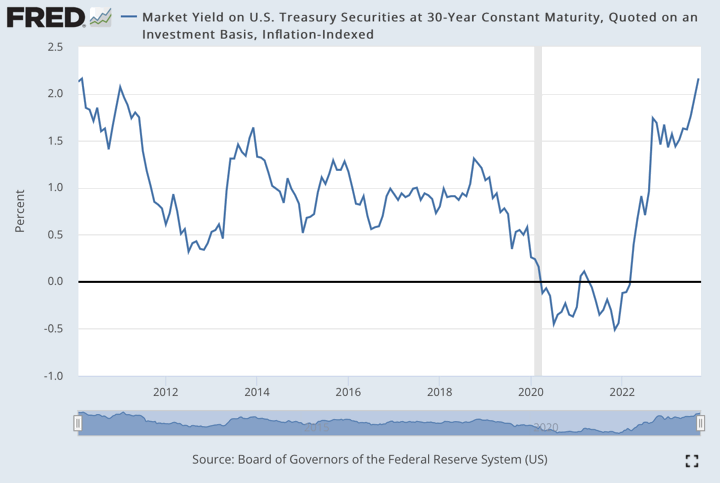
30-year Treasury rate is 4.70% as of 9/26/23, also the highest in a while. Chart from FRED:

The 30-year breakeven inflation rate is thus 2.37% as of 9/26/23. Chart from FRED:
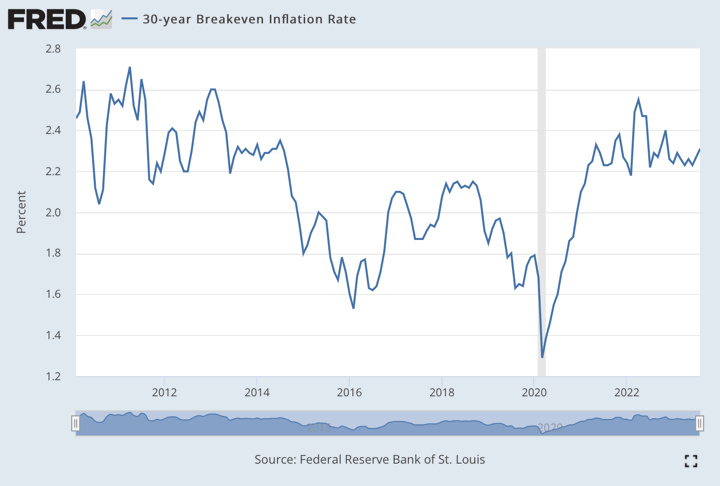
(By the way, according to TIPSladder.com, you can construct a ladder of TIPS with today’s rates that will provide you a guaranteed inflation-protected income over the next 30 years at a 4.62% withdrawal rate as of this writing. In other words, $1 million portfolio can turn into $46,200 a year, inflation-adjusted every year, for the next 30 years. They show you how to build a ladder where the last bond would mature and the principal would be gone at the end of 30 years.)
I don’t know what future inflation will be, so I hold a mix of both regular Treasuries and TIPS in my bond portfolio. Right now, you get a historically solid real rate and a historically reasonable breakeven rate. I should add that as long as inflation is roughly as expected and you hold the bonds until maturity, then both types of bonds will earn roughly the same returns. There isn’t that much “cost” if things remain pretty calm.
The reason to consider dealing with the added hassle and complexities of TIPS is the potential danger from unexpected, high inflation. I’ll repeat that not a single insurance company will sell you similar inflation protection at ANY price. They’ll sell you a 3% step-up every year, sure, but no way will they let it float with actual inflation on an uncapped basis. They know that inflation probably won’t be 5%+ for an extended period of time… but it might. It has certainly happened in the past, and as we’ve seen, lots of things that have never happened ever before can still happen.
 Morningstar has an educational article called
Morningstar has an educational article called 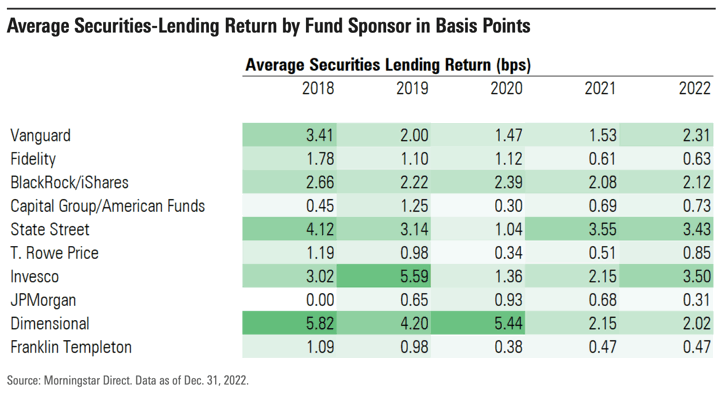
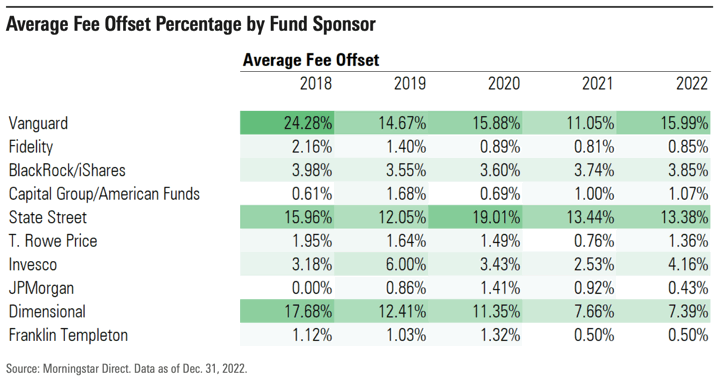
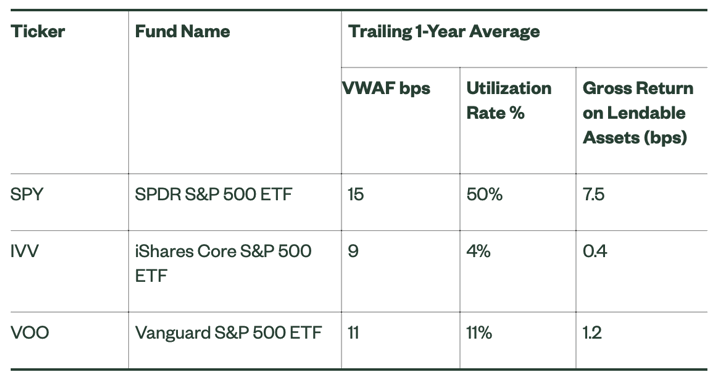



 When investing in bonds, one of the decisions is how long you want the “term to maturity”, or how much longer the bond will pay interest and then upon maturity repay the principal. The longer the term, the more sensitive the bond price is to interest rates. They are usually broken up into short-term, intermediate-term, and long-term categories. iShares manages a set of popular ETFs that invests in US Treasury bonds of certain maturities:
When investing in bonds, one of the decisions is how long you want the “term to maturity”, or how much longer the bond will pay interest and then upon maturity repay the principal. The longer the term, the more sensitive the bond price is to interest rates. They are usually broken up into short-term, intermediate-term, and long-term categories. iShares manages a set of popular ETFs that invests in US Treasury bonds of certain maturities: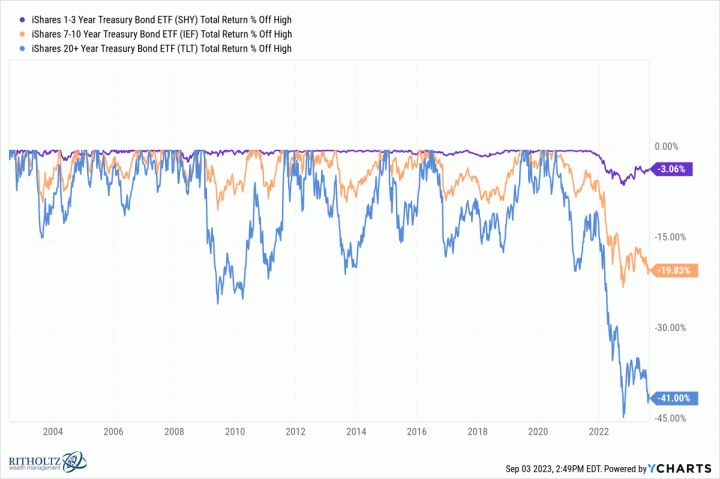
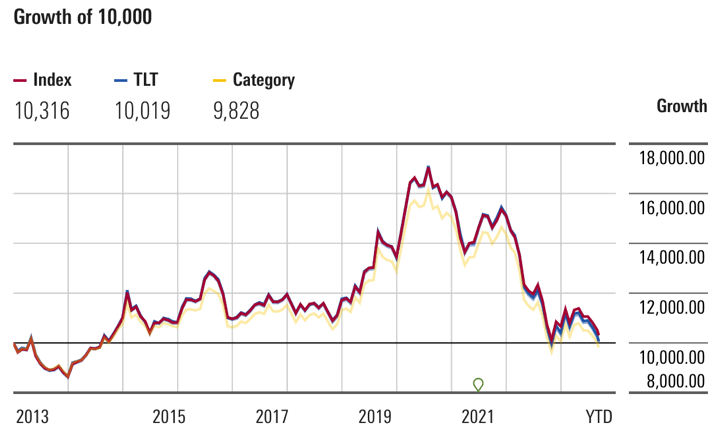
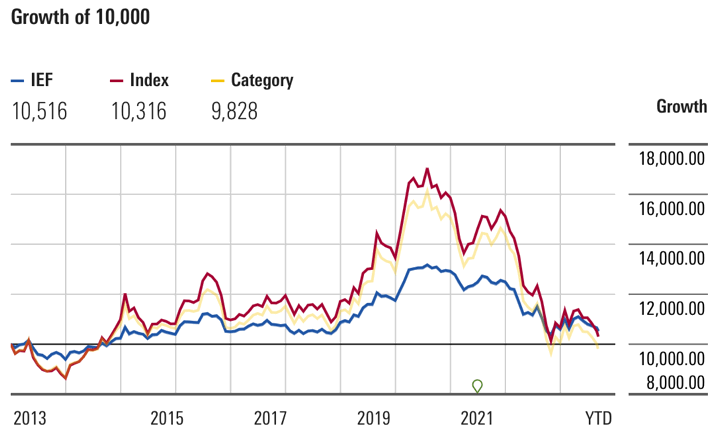
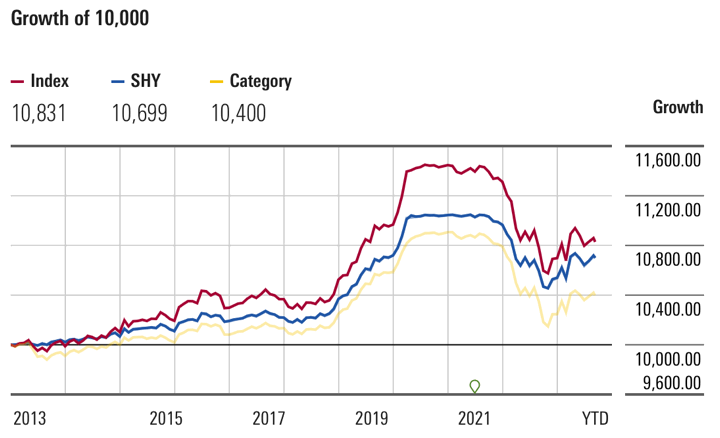
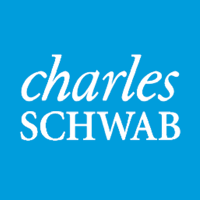
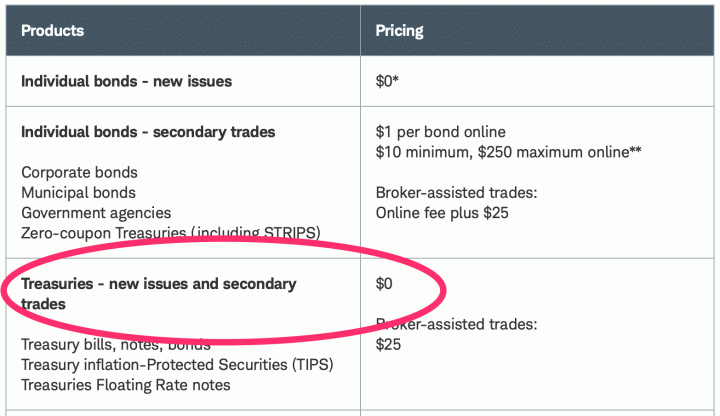
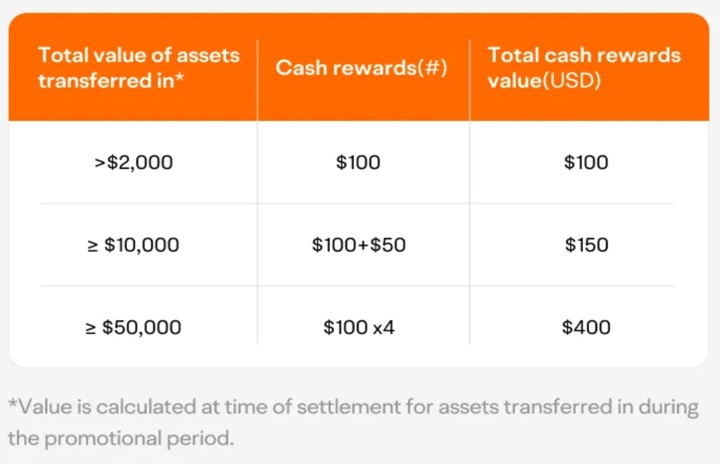
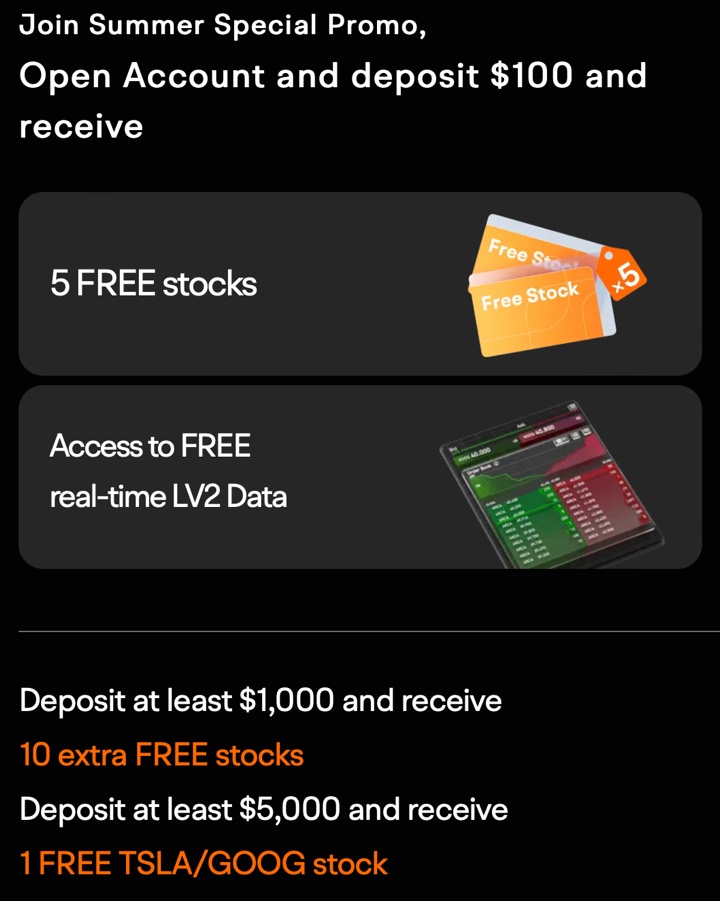

 Here’s my monthly roundup of the best interest rates on cash as of September 2023, roughly sorted from shortest to longest maturities. There are often lesser-known opportunities available to individual investors. Check out my
Here’s my monthly roundup of the best interest rates on cash as of September 2023, roughly sorted from shortest to longest maturities. There are often lesser-known opportunities available to individual investors. Check out my 

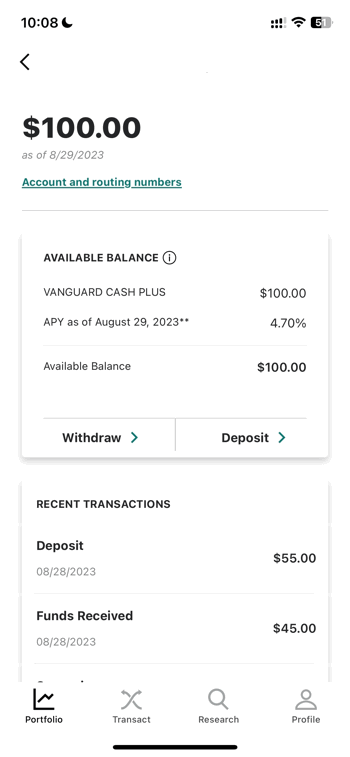
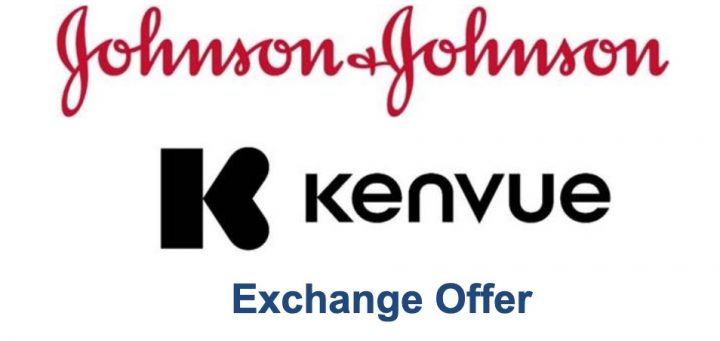
 The Best Credit Card Bonus Offers – May 2024
The Best Credit Card Bonus Offers – May 2024 Big List of Free Stocks from Brokerage Apps
Big List of Free Stocks from Brokerage Apps Best Interest Rates on Cash - May 2024
Best Interest Rates on Cash - May 2024 Free Credit Scores x 3 + Free Credit Monitoring
Free Credit Scores x 3 + Free Credit Monitoring Best No Fee 0% APR Balance Transfer Offers
Best No Fee 0% APR Balance Transfer Offers Little-Known Cellular Data Plans That Can Save Big Money
Little-Known Cellular Data Plans That Can Save Big Money How To Haggle Your Cable or Direct TV Bill
How To Haggle Your Cable or Direct TV Bill Big List of Free Consumer Data Reports (Credit, Rent, Work)
Big List of Free Consumer Data Reports (Credit, Rent, Work)